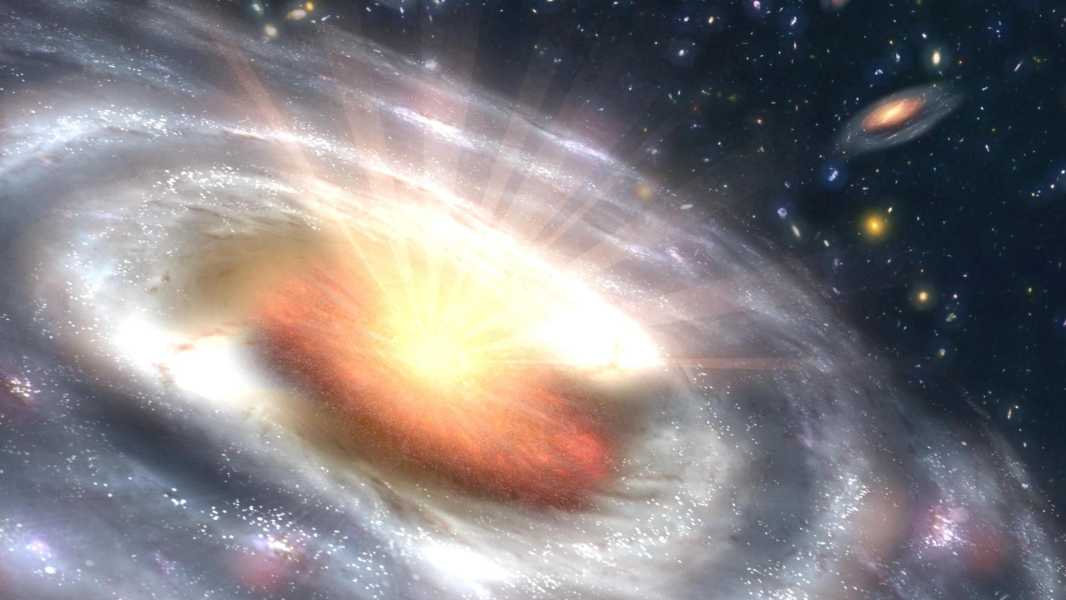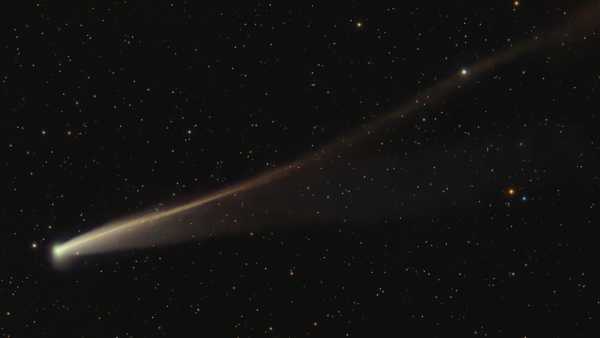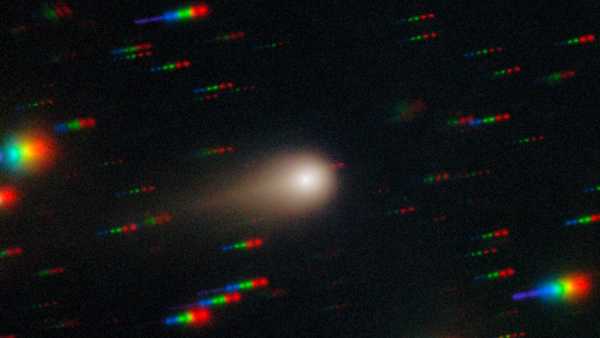
An illustration of a black hole emitting energy. (Image credit: NASA/JPL-Caltech)
Scientists have developed a 'black hole bomb' in the laboratory for the first time.
In 1972, physicists William Press and Saul Teukolsky introduced a theoretical concept called a “black hole bomb,” in which mirrors capture, reflect, and exponentially amplify waves emanating from a rotating black hole.
In a new study, physicists from the University of Southampton, the University of Glasgow and the Institute of Photonics and Nanotechnology of the National Research Council of Italy have experimentally confirmed the theoretical concept of a black hole bomb. This breakthrough will allow astrophysicists to better understand how black holes rotate. The paper was posted on the preprint server Arxiv on March 31 and has not yet been peer-reviewed.
The basic ideas of this paper and the original 1972 article stem from fundamental research by two other physicists. In 1969, British mathematical physicist and Nobel laureate Sir Roger Penrose proposed a method for extracting energy from a rotating black hole, which became known as black hole superradiance. Then, in 1971, Belarusian scientist Yakov Zeldovich sought to understand this phenomenon further. In the course of his research, he concluded that under certain conditions, a rotating object can amplify electromagnetic waves. This phenomenon became known as the Zeldovich effect.
“The components exploded”
In their new project, the scientists used the Zeldovich effect to create their experiment. They took an aluminum cylinder, rotated by an electric motor, and surrounded it with three layers of metal coils. These coils created and reflected a magnetic field back into the cylinder, acting as a mirror.
When the team directed a weak magnetic field at the cylinder, they noticed that the reflected field from the cylinder became even stronger, indicating superradiance.
They then eliminated the initially weak magnetic field of the coils. However, the circuit generated its own waves, which the rotating cylinder amplified, causing the coils to accumulate energy. Between the speed of the cylinder and the amplified magnetic field, the Zeldovich effect was in full effect. Zeldovich also predicted that a rotating absorber — such as a cylinder — would switch from absorption to amplification if its surface moved faster than the incoming wave, which was confirmed in the experiment.
“Our work fully translates this prediction into the lab, demonstrating not only amplification but also a transition to instability and spontaneous wave generation,” study co-author Maria Chiara Braidotti, a research fellow in physics at the University of Glasgow, told Live Science in an email.
“We sometimes pushed the system so hard that components in the circuit exploded,” study co-author Marion Cromb, a researcher at the University of Southampton, told Live Science in an email. “It was both exciting and really experimentally challenging!”
Although the team did not create an actual black hole, the analog illustrates the important concept that rotational superradiance and exponential amplification are universal and apply to more than just black holes. The model will also help physicists better understand black hole spin, as well as concepts at the intersection of astrophysics, thermodynamics, and quantum theory, Braidotti said. Their research is being considered for publication in a peer-reviewed journal.
Black Hole Quiz: How Much Do You Know About the Universe?
Sourse: www.livescience.com





